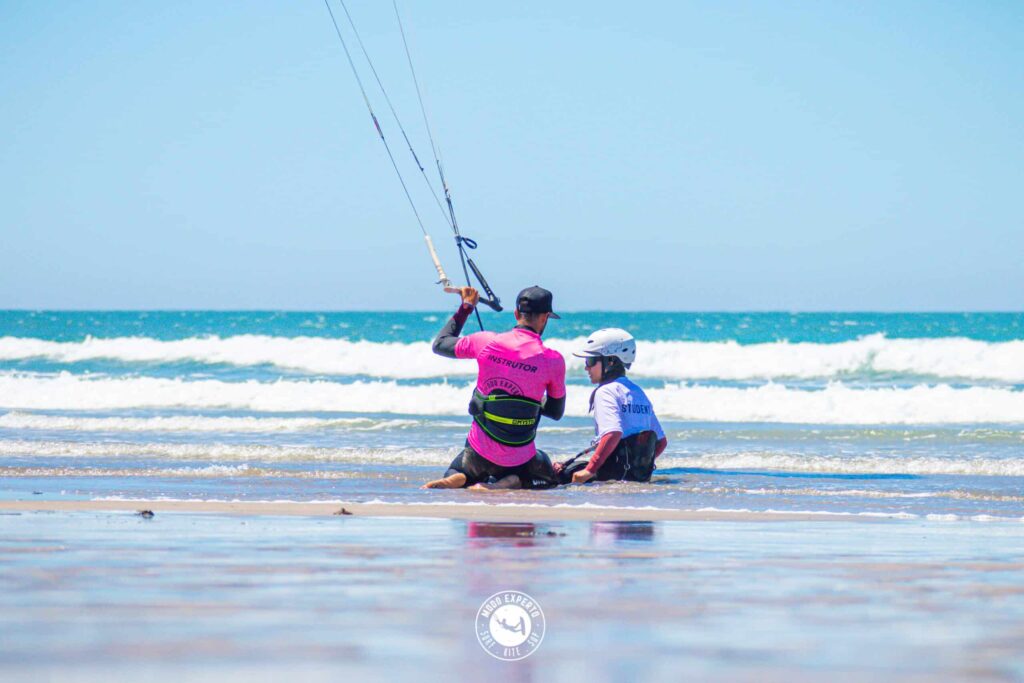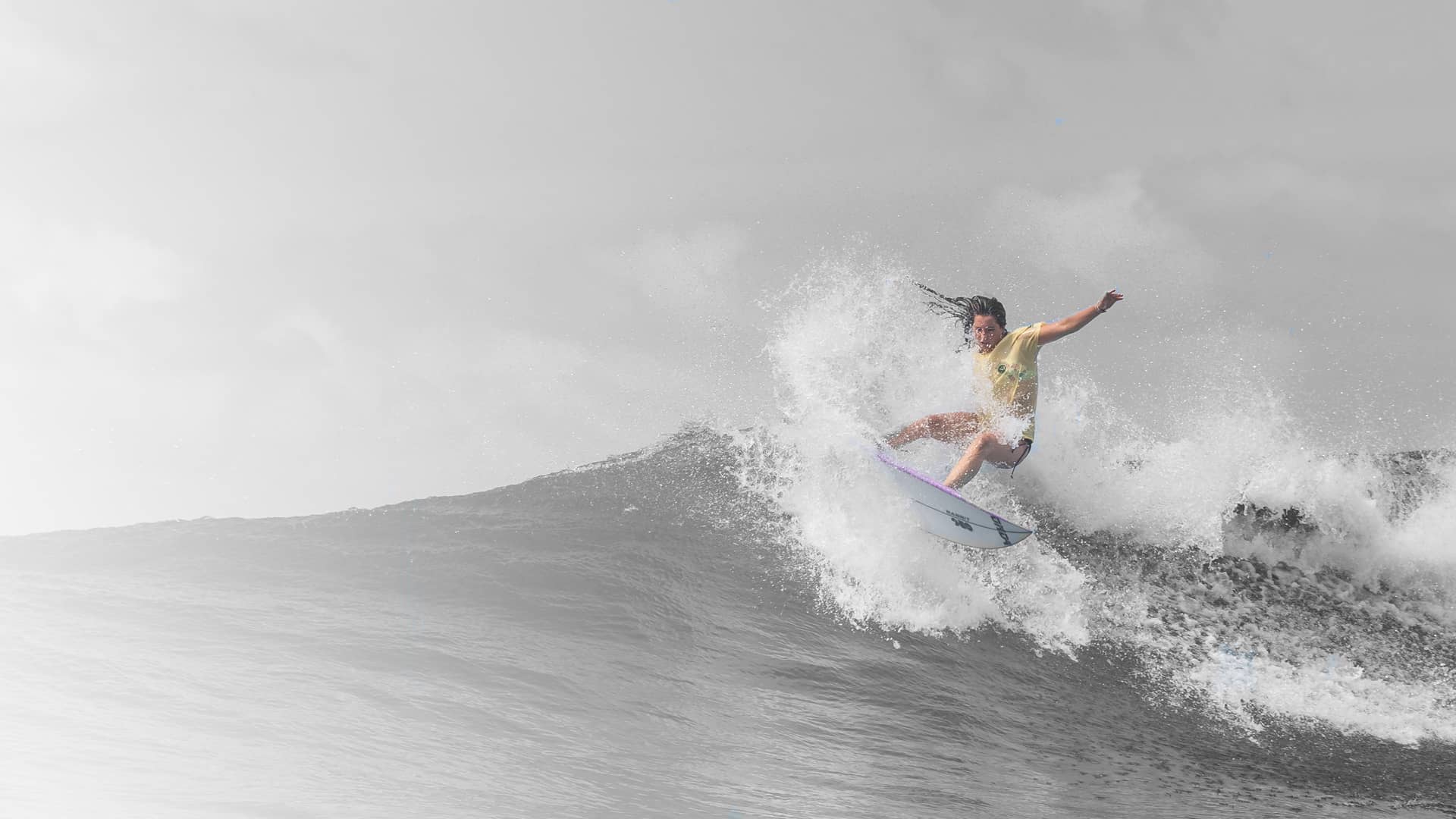If you’re a beginner in kitesurfing and looking for some helpful tips to get started in this thrilling sport, you’ve come to the right place. Kitesurfing is a combination of surfing and kite-flying, which involves using a traction kite to propel the rider through the water. It’s an exhilarating activity but requires some basic knowledge and proper practice to make the most of it. In this article, we will discuss some essential tips for beginners in kitesurfing, from choosing the equipment to basic navigation techniques. Let’s get started!
Introduction to Kitesurfing
Kitesurfing is a water sports activity that combines surfing and parachuting. Kitesurfers use a traction kite, controlled by a bar, to harness the power of the wind and glide over the water. It’s an exciting sport that can be practiced on lakes, rivers, or in the ocean. Before getting started with kitesurfing, it’s important to have a basic understanding of the sport and the required skills.
Choosing the Right Equipment
Choosing the right equipment is crucial for a beginner in kitesurfing. There are different types of kites, boards, and accessories available, designed to suit various wind conditions and individual preferences. It’s recommended to seek guidance from an experienced professional or instructor to select the equipment that suits your needs.
Learning to Set Up the Gear
Before starting your kitesurfing session, it’s important to learn how to properly set up the gear. This includes inflating the kite, connecting the lines, adjusting the foot straps on the board, and ensuring all components are secure. Following the manufacturer’s instructions and receiving proper guidance will help ensure you are ready for the water safely.
Kite Flying Techniques
Mastering kite flying techniques is essential for a beginner in kitesurfing. This includes learning to control the direction and power of the kite, mastering basic maneuvers like launching and landing, and understanding how to use the safety systems. Consistent practice and guidance from a qualified instructor will help improve your flying skills.
Basic Navigation Techniques
Once you have gained good control over the kite, it’s time to learn basic navigation techniques. This involves the ability to glide over the water, control speed, and change directions using the kite and board. It’s important to practice in calm waters and progressively challenge yourself with more demanding conditions as your confidence grows.
Safety Management
Safety is an absolute priority when practicing kitesurfing. Before entering the water, make sure to be aware of local rules, wind conditions, and safe areas for practice. It’s also essential to use safety systems like a leash and quick-release kite system. Being mindful of weather conditions and never practicing in stormy or lightning-prone conditions is also crucial.
Improving Your Skills
To become a skilled kitesurfer, regular practice is key. Dedicate time to improve your flying and navigation skills, experiment with different techniques, and challenge yourself to achieve new goals. Additionally, seeking advanced lessons with experienced instructors can help accelerate your progress and avoid developing bad habits.
Physical and Mental Preparation
Kitesurfing is a physically demanding sport, so it’s important to prepare your body for the demands. Core-strengthening exercises, cardiovascular endurance training, and flexibility exercises can help prevent injuries and enhance your performance. Additionally, maintaining a positive and confident mindset is essential for tackling the challenges of the sport.
Kitesurfing Etiquette
When practicing kitesurfing, it’s important to follow some etiquette rules to ensure safety and harmony among practitioners. Respecting others’ space, avoiding interference, and communicating clearly are some important practices. Additionally, assisting other kitesurfers in emergency situations and maintaining a friendly and courteous attitude are crucial for a healthy kitesurfing community.
Popular Spots for Kitesurfing
There are numerous destinations around the world that offer ideal conditions for kitesurfing. Some of the popular locations include Tarifa in Spain, Maui in Hawaii, and Cumbuco in Brazil. Before traveling to a location, research the wind conditions, infrastructure, and local regulations to ensure a memorable kitesurfing experience.
Tips to Avoid Accidents
To avoid accidents while practicing kitesurfing, it’s important to follow some safety tips. Never practice in prohibited areas or in densely populated bathing areas. Always be aware of your skill level and limit yourself to your capabilities. Additionally, keep an eye on the weather and know how to identify signs of changing wind conditions. Never forget to use the appropriate safety equipment.
Conclusion
Kitesurfing is an exhilarating sport that offers a unique blend of surfing and kite-flying. For beginners, it’s essential to learn the basic techniques, choose the right equipment, and practice in a safe and responsible manner. With patience, dedication, and proper guidance, you can become a skilled kitesurfer and enjoy the thrills this amazing sport has to offer.
Frequently Asked Questions (FAQs)
1. Do I need surfing experience to practice kitesurfing?
No, you don’t need surfing experience to practice kitesurfing. However, having some experience in water sports can help with the initial learning curve.
2. Is kitesurfing safe?
When proper safety practices are followed and conditions are favorable, kitesurfing can be practiced safely. It’s important to receive guidance from a qualified instructor and be aware of the risks associated with strong winds and unfavorable weather conditions.
3. What is the basic equipment needed to start kitesurfing?
The basic equipment needed to start kitesurfing includes a kite, a board, a control bar, a leash, and a life jacket. It’s important to invest in quality equipment and ensure they are in good condition before each session.
4. How long does it take to learn kitesurfing?
The time required to learn kitesurfing varies from person to person. Some may grasp the basic concepts in a few sessions, while others may take longer to feel comfortable and confident in the water. Consistent practice and proper guidance are essential to speed up the learning process.
5. Can I practice kitesurfing anywhere?
While kitesurfing can be practiced in various coastal areas with favorable winds, it’s important to check local regulations and be familiar with specific rules at each location. Additionally, it’s crucial to respect nature and the environment while engaging in the sport.







